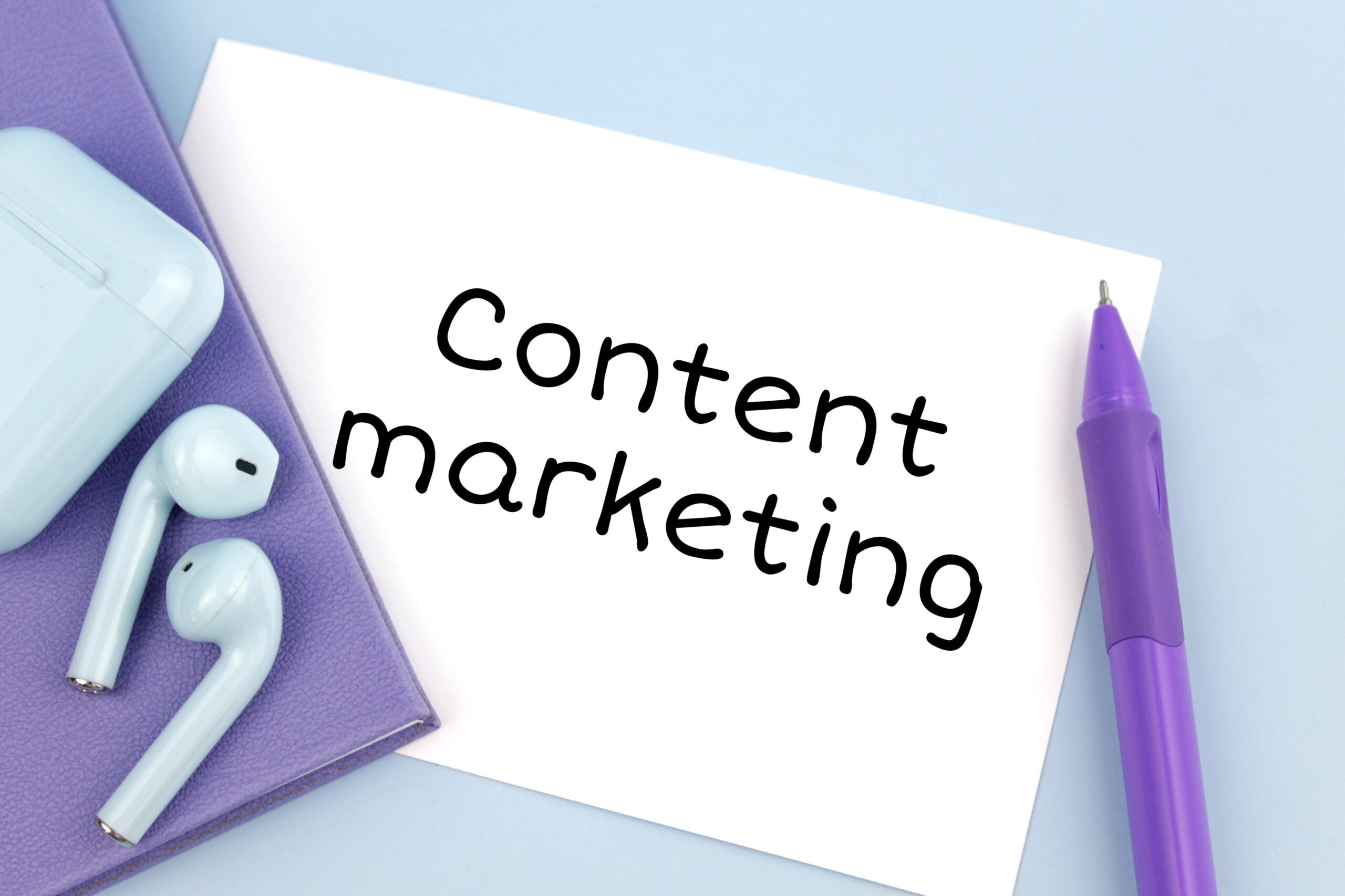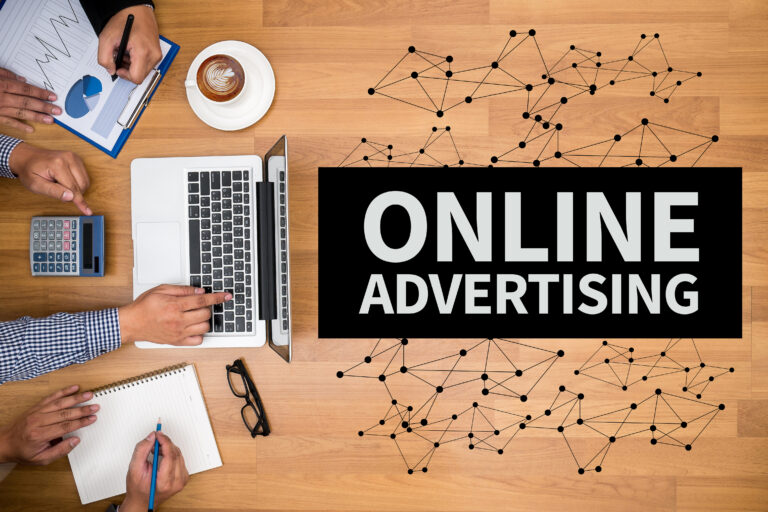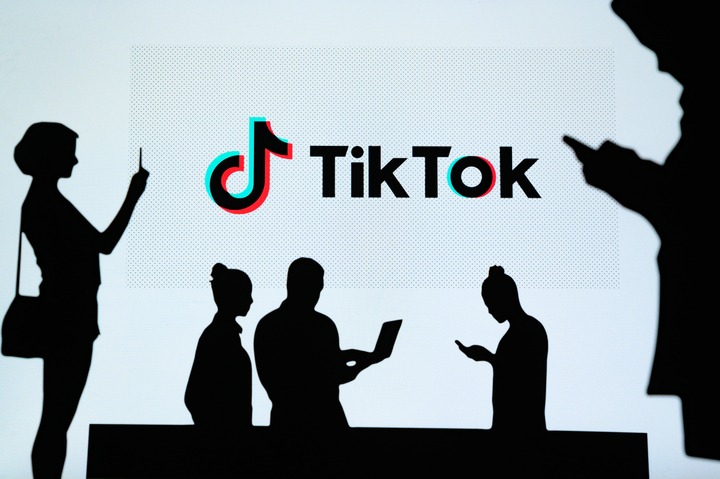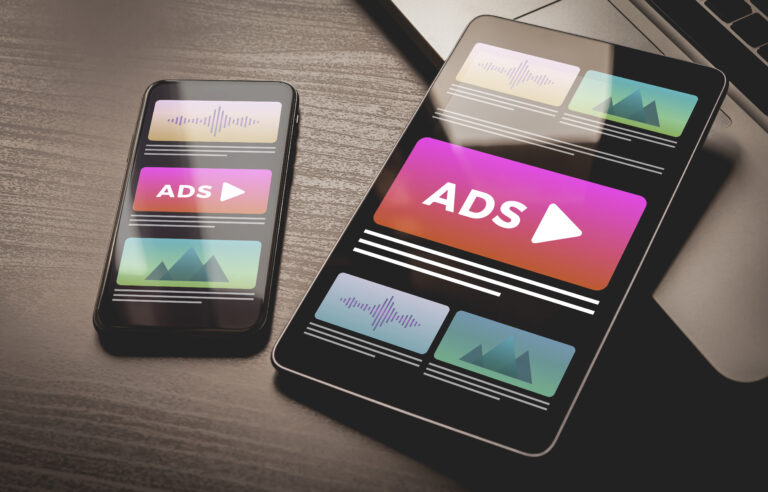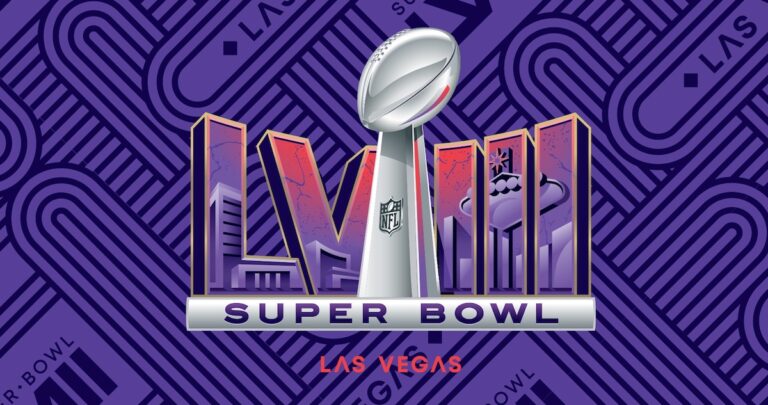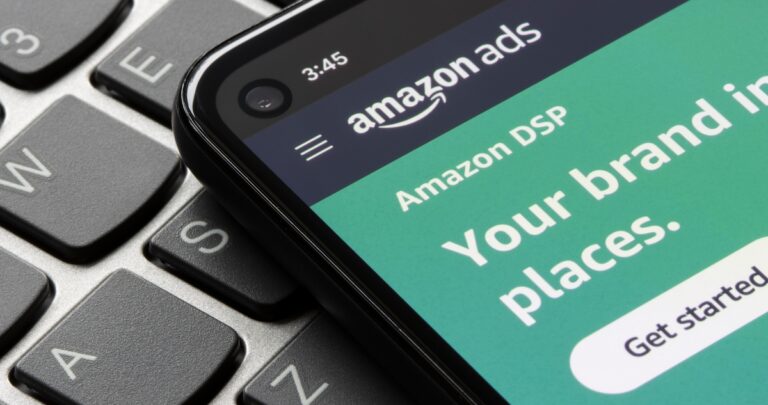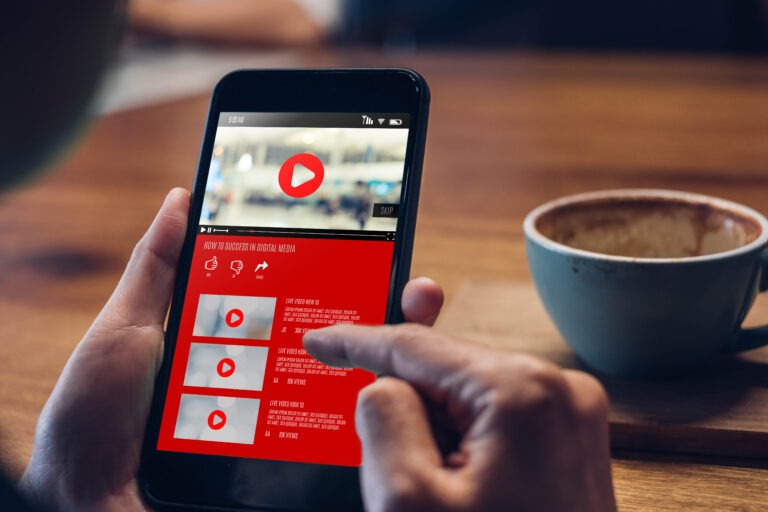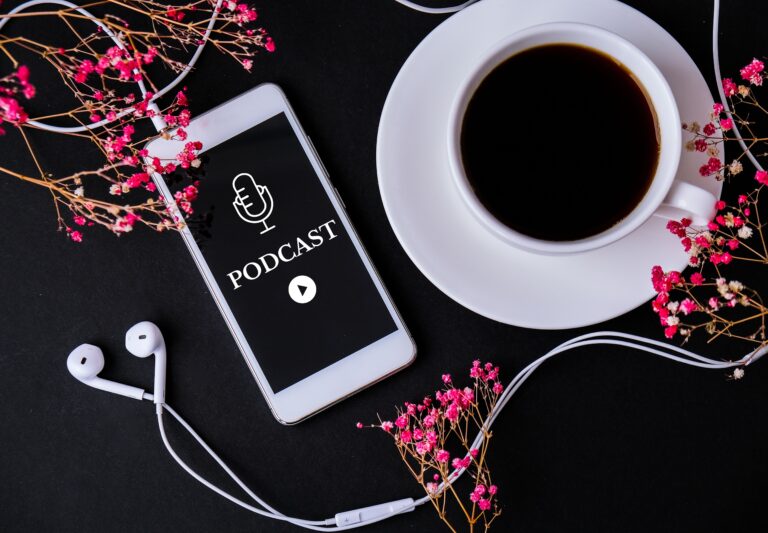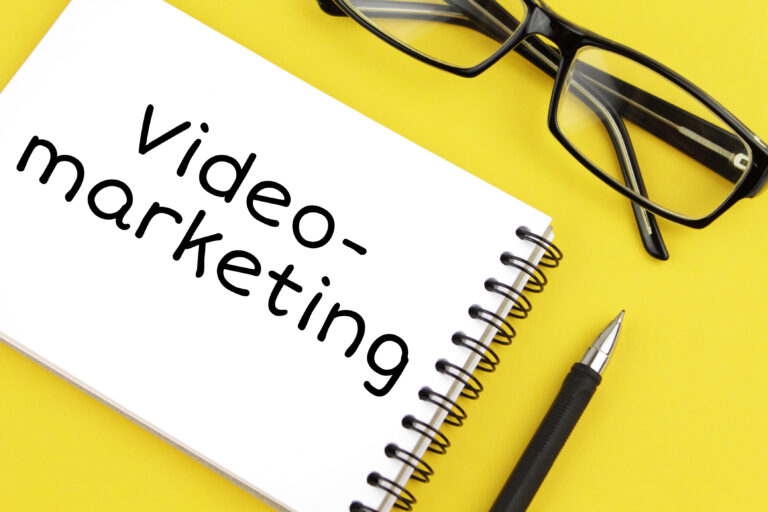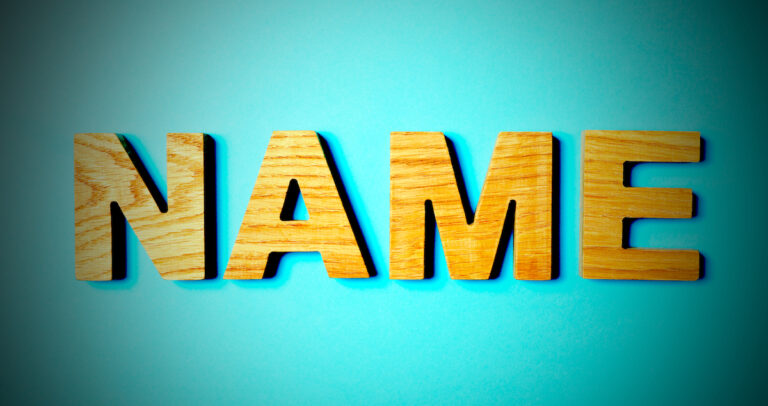Do you work with different types of content marketing? Then you know that the secret to catching eyes and winning hearts lies with using content marketing as a strategic tool. So, various types of content could be your business’s most valuable asset, from thought-provoking blog posts to visually stunning infographics and immersive podcasts. These powerful tools will also help differentiate your brand and drive tangible results.
At Voice123, we believe strategy has a special place in audio and video projects. So, in this post, we’ll explore 20 different types of content marketing available to brands and 10 steps to create compelling content marketing strategies for your business.
It’s time to make your brand shine brighter than a cosmic supernova!
What is content marketing?
Content marketing is a strategy that companies use to create and distribute valuable content like blogs, social media posts, videos, and podcasts to increase brand awareness and attract new clients. These types of content are shared across various media channels to attract, engage, and connect with their target audiences. Content marketing aims to drive customers or clients to action by providing useful, interesting content that results in conversions and customer loyalty.
A fitness apparel company, for example, can create informative blog posts and videos about exercise routines, nutrition tips, and healthy living. Then, they can share these resources on their website and social media platforms to attract fitness enthusiasts and position their brand as an industry authority, increasing sales and brand advocacy. Let’s now look at a few different types of content marketing.
20 types of content marketing
1. Blog posts
Blogs are informative web articles that offer valuable industry insights and establish authority. A digital marketing agency’s blog can cover topics like 10 Proven SEO Strategies for Small Businesses.
2. Infographics
Infographics are shareable visual representations of data that simplify complex information. A fitness company can use statistics and colorful visuals to explain The Benefits of Regular Exercise.
3. E-books
E-books are digital guides companies can use to educate, entertain, or inform audiences. A company can offer a free E-book download like Mastering the Art of Sales in exchange for email subscriptions/sign-ups.
4. Videos
Videos are short, catchy content, ideal for storytelling and tutorials with attractive fonts, colors, graphics, and voice overs. GoPro’s YouTube channel creates audience appeal with user-generated action footage.
5. Podcasts
Podcasts are audio-form content companies use to share industry insights interviews, or provoke discussions. The Joe Rogan Experience podcast covers topics in an interview-style format.
6. Case studies
Case studies are in-depth analyses of successful projects or customer experiences. Adobe is an excellent example of using customer success stories to highlight a product’s impact on industries, situations, and lives.
7. Webinars
Webinars are online seminars or workshops companies use to educate audiences on general or specific topics. A digital marketing company can offer webinars about sales topics.
8. Whitepapers
Whitepapers are comprehensive documents from 5 to 50 pages or more that delve into specific industry challenges, trends, or complex topics. IBM, for example, publishes whitepapers on emerging technologies.
9. Email newsletters
Regular email updates help build a loyal consumer following that nurtures leads and shares valuable company updates. TheSkimm is an excellent example of delivering daily news updates to subscribers’ inboxes.
10. Interactive types of content marketing
Interactive content like quizzes and polls appeals to audiences because it requires user participation. BuzzFeed’s activities are popular because they’re interactive and shareable.
11. Social media posts
Social media posts are short, engaging content that companies can post on platforms like Facebook, Twitter, and Instagram. Red Bull’s Facebook page shares extreme sports videos and updates with their regular following.
12. User-generated content (UGC)
UGC is consumer-created social media posts, reviews, testimonials, videos, or images highlighting experiences with a brand. Starbucks encourages customers to share photos of their drinks on Instagram.
13. Visual content (images and graphics)
Eye-catching images, memes, charts, infographics, and graphics can capture the audience’s attention by conveying vibrant visual messages. National Geographic’s Instagram shares stunning nature photos.
14. Templates and tools
These resources help users solve specific problems or tasks. Digital marketing agencies provide free SEO audit tools to help businesses assess their website’s search engine optimization performance.
15. Product demos
Demos showcase product/service features and benefits, helping customers visualize how it can address their needs. Apple’s product launch events include live demos of devices illustrating the brand’s capabilities.
16. Comparative guides
Comparative guides compare different products or solutions within a specific category, highlighting the pros and cons of each option. Wirecutter gives consumers product reviews with side-by-side product comparisons.
17. FAQs and knowledge bases
These are collections of answers to common questions that help customers looking for quick solutions to queries. Stack Overflow is a knowledge base for developers offering vast programming-related questions and answers.
18. Surveys and polls
Surveys and polls are helpful tools for gathering feedback and opinions on customer preferences. SurveyMonkey has tools for creating surveys that help with market research and customer satisfaction assessments.
19. Long-form types of content marketing
This content helps businesses showcase their knowledge and provide in-depth information on industry trends or emerging technologies. The Atlantic regularly publishes long-form journalism covering various topics.
20. Interactive maps
Interactive maps are dynamic and engaging tools incorporating clickable elements or overlays to provide a user-driven experience. The New York Times creates interactive maps to enhance their news stories.
Now you know the different types of content marketing, let’s look at the best ways to use them.
How to use different types of content in marketing

First, set measurable goals like increasing brand awareness and driving website traffic. Second, understand your audience’s demographics, interests, and pain points. Third, access which content is performing well and what needs updating. Fourth, choose content types that align with your goals and audience. Fifth, develop a content calendar outlining your published content. Sixth, share your content on blogs, social media, email newsletters, and third-party platforms. Seventh, use comments, likes, and shares to increase audience engagement. Eighth, experiment with content formats, headlines, visuals, and calls to action for optimal results. Ninth, monitor competitors’ strategies to identify opportunities for differentiation. And finally, expand your content with paid advertising options and influencer partnerships.
Here are 10 steps to help you create compelling content marketing strategies.
10 Content marketing strategies to promote your brand
- Study Competitors: Analyze content marketing strategies from competitors to find niche opportunities to capitalize on in your own campaigns.
- Craft Story-Driven Content: Share customer success stories or your company’s history to promote your brand values and create a personal connection with your audience.
- Consistency: Develop a consistent content ecosystem that’s cohesive across all content channels. This strategy will boost brand recall and reinforce your content’s message.
- User-Generated Content: Online forums where audiences can share their experiences with your products foster a sense of community around your brand while creating authentic promo material.
- Utilize Email Marketing: Regular newsletters with valuable content can keep your audience engaged with your brand’s latest developments, turning casual visitors into loyal customers.
- Optimize for SEO: Produce content that ranks well on search engines by using relevant keywords, meta descriptions, and alt text. This will increase your overall visibility and bring in organic traffic.
- Invest in Video Content: Embrace visual storytelling with video platforms like YouTube, TikTok, and even Instagram. Captivating video content can increase your brand’s visibility and engagement.
- Interactive Content: Quizzes, polls, and interactive infographics attract attention because they offer a unique way for users to learn about your industry and share their thoughts on your brand.
- Host Webinars and Live Q&As: These live events allow you to directly interact with your audience, answer their questions, discuss industry trends, and make your brand more relatable and appealing.
- Create How-To Guides: Detailed guides or FAQs that solve common problems related to your industry can showcase your brand as a helpful resource and provide valuable content to audiences.
Final thoughts on types of content marketing
And there you go, folks – a comprehensive content marketing guide for all industries and strategy types. So, whatever your marketing goal, remember to use the 20 incredible types of content marketing available to your business: blog posts, infographics, E-books, videos, podcasts, case studies, webinars, whitepapers, email newsletters, interactive content, social media posts, user-generated content, visual content, templates, and tools, product demos, comparative guides, FAQs and knowledge bases, surveys and polls, long-form content, and interactive maps.
And after your strategy is locked in and you’re ready to hire a talented voice actor to complete your voice over project, you’ll find extraordinary vocal talent on Voice123. Or let our team handle your entire voice over project from start to finish with our excellent Managed Services.
Because now’s the time to create content that grows your business today!
FAQs on types of content marketing
These are strategy, content creation, distribution, promotion, analysis, and optimization.
The 4 components are audience identification, content development, distribution, and performance analysis.
It’s a strategy that involves creating and sharing valuable content to attract and engage audiences with blog posts, videos, social media, podcasts, and more.
Content, Context, Channels, Consistency, and Continual Improvement all promote successful content strategies.


